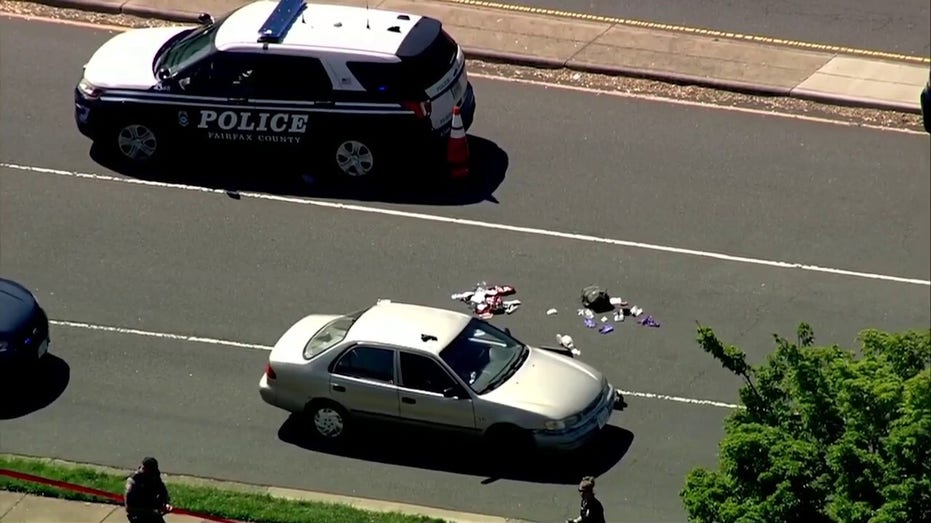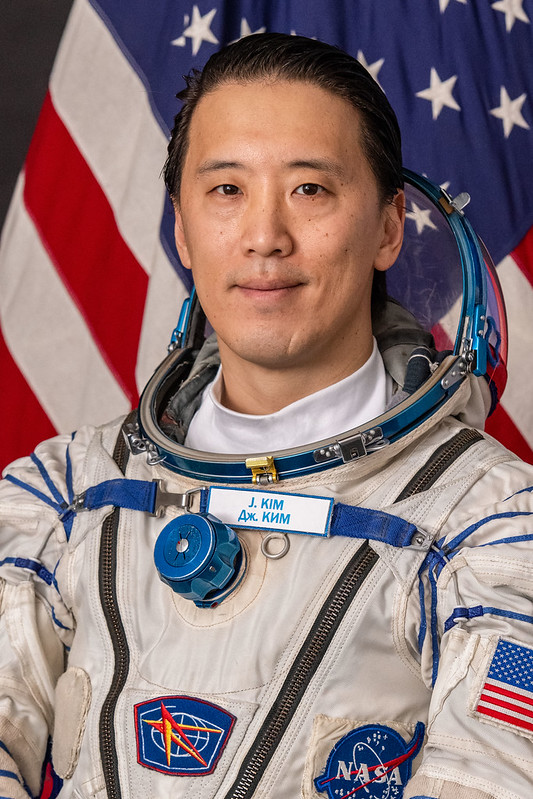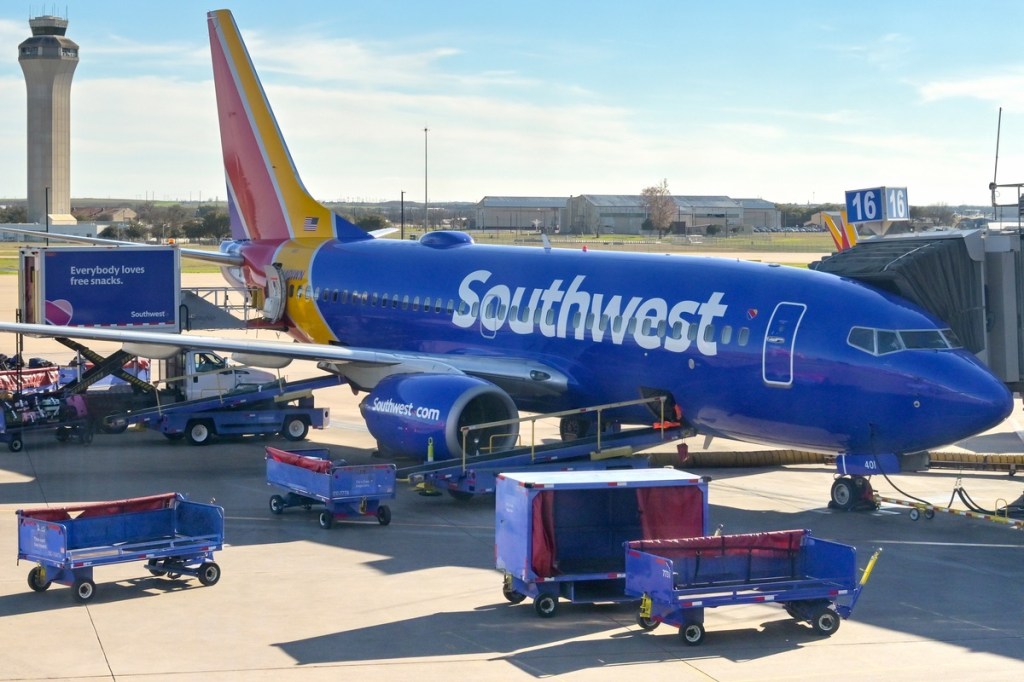Why Career Exploration Shouldn’t Wait Until High School
From the time we’re kids, we’re asked, “What do you want to be when you grow up?” It’s a big question — one that many students struggle to answer. ...

From the time we’re kids, we’re asked, “What do you want to be when you grow up?” It’s a big question — one that many students struggle to answer. Without real exposure to different career paths or learning about careers they may never have heard of, students often make choices based on limited information, missing out on opportunities that align with their skills and interests.
As someone who has worked in education and career development for years, I’ve seen firsthand how critical early career exploration is in shaping students’ futures. Career and Technical Education (CTE) has played a major role in preparing students for success beyond high school, whether that means higher education, industry certifications or entering the workforce directly. However, with the rapid evolution of industries and shifting workforce demands, we must introduce career exploration earlier — before students even enter high school.
The Case for Starting Career Exploration in Middle School
Many states are now mandating career exploration as early as eighth grade, for good reason. Middle school is a pivotal time when students begin forming their academic and career identities. Recent research revealed that two-thirds of students report they started thinking about their careers before 11th grade. If we wait until high school, students risk enrolling in programs that don’t align with their interests or long-term goals, leading to disengagement or missed opportunities.
At the same time, school districts face growing pressure to demonstrate student career readiness, with funding and accountability measures often tied to outcomes like industry certifications, postsecondary credits and work-based learning experiences. However, school counselors — already managing caseloads often above the national average of 376 students — struggle to provide personalized career guidance. Since COVID, their responsibilities have expanded even further, as they are increasingly tasked with addressing students’ mental health. With so many demands on their time, it has become even more challenging for counselors to offer the individualized support students need to make informed decisions about their futures.
Leveraging Technology for Career Exploration
Technology can bridge this gap in support in many ways. One is by integrating real-time labor market data into easily accessible platforms that provide students with accurate and actionable information. Such platforms are designed to offer insights into required skills, industry trends and potential earnings, enabling students to understand the broader context of various professions. By automating assessments and aligning with established educational frameworks, these platforms can potentially streamline the career guidance process for educators and counselors, reducing administrative burdens. This approach seeks to democratize access to comprehensive career information, ensuring that all students, regardless of their background or access to career guidance, have the opportunity to make informed decisions about their educational and professional trajectories.
Another approach is to offer interactive, self-guided experiences that resonate with today’s digital natives. Simply watching career videos isn’t enough; we need dynamic, interactive solutions that help students see themselves in different roles and industries, fostering deeper engagement and informed decision-making. To truly support students, we must meet them where they are: on digital platforms, through gamified learning and with personalized insights.
To address this, innovative career exploration tools such as Pearson Career Explorer leverage gamification and immersive experiences. These platforms aim to move beyond static assessments, offering a gamified, role-playing experience that actively engages students in discovering their future. Through interactive quests and real-world scenarios, students explore different career pathways, match their interests to real-world opportunities, and see how their academic choices impact their future.
The Power of Early Investment
Investing in early career exploration opens doors for students, helping them discover high-wage, high-demand careers that align with their skills and interests. With the proper guidance, students can make informed choices about their futures, setting them on a path to success. Schools that implement robust career exploration programs not only empower students but also strengthen workforce alignment, ensuring that graduates are prepared for the evolving job market and ready to thrive in their chosen careers.
This effort requires a collective approach among educators, school leaders, policymakers and industry partners. Career exploration cannot be an afterthought; it must be an integral part of the middle school experience. By leveraging technology and creating engaging learning experiences, we can give students the tools and confidence they need to make informed decisions about their futures. The future workforce depends on the choices we make today, and we must ensure that every student has the opportunity to explore, discover and pursue a career that aligns with their strengths and passions — starting in middle school.
If you’re looking for ways to enhance career exploration in your district, let’s connect. Visit pearson.com/ccr to learn more. Together, we can equip students with the knowledge, skills and confidence they need to thrive in the workforce of the future.





































































